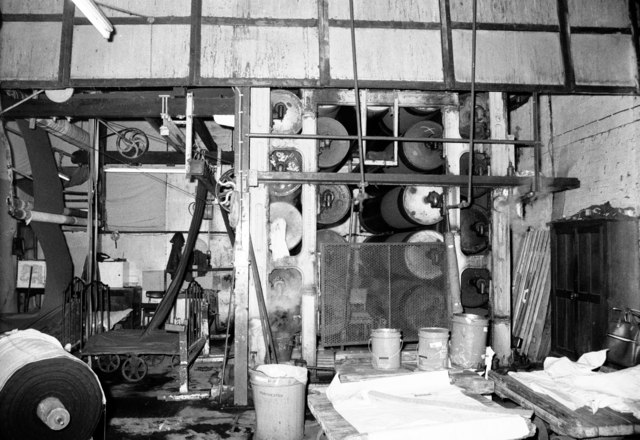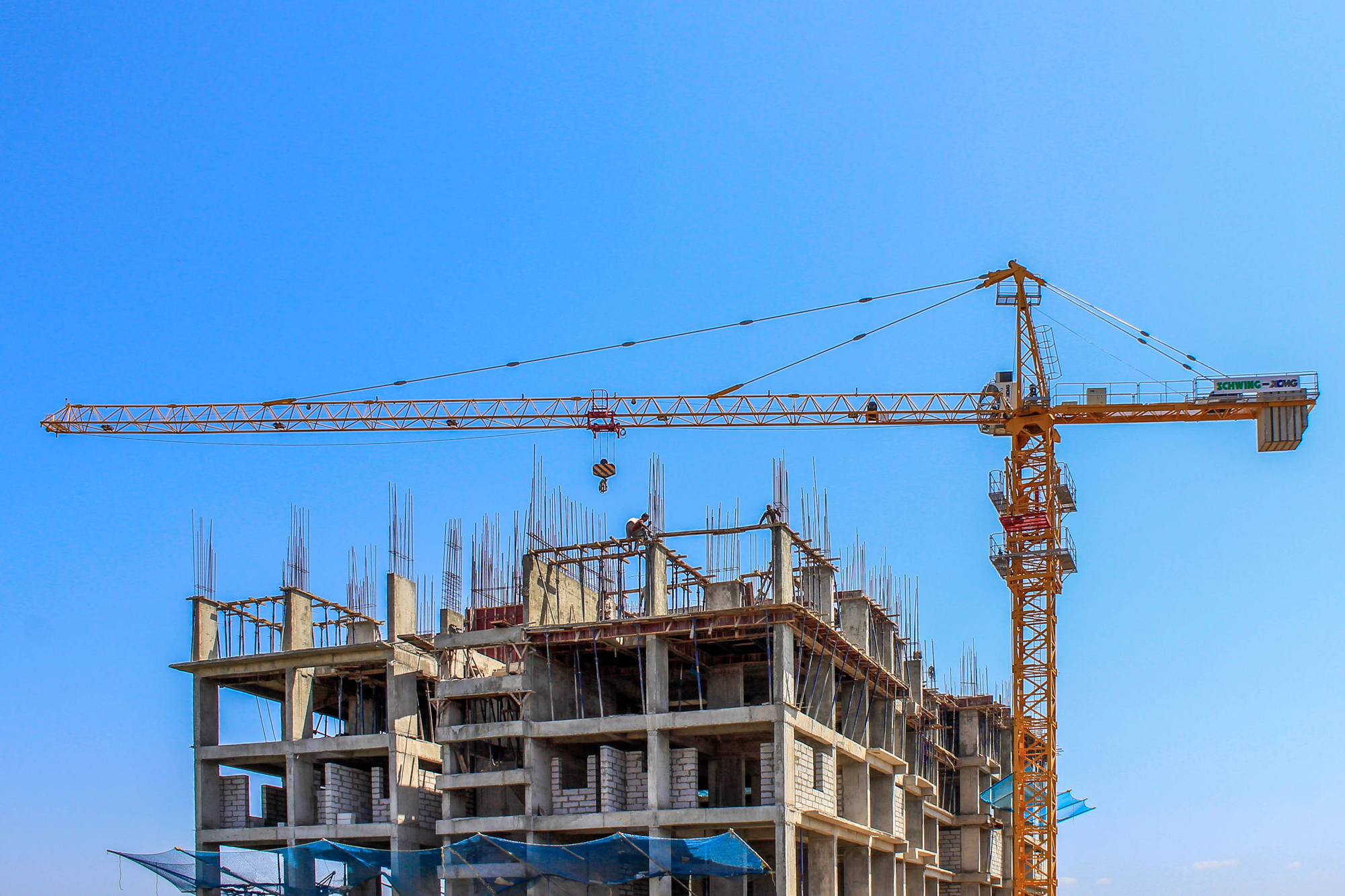Few Basic Introductory Information About the Textile Process
With the exception of braids and nonwovens, textile fabrics are two-dimensional flexible materials formed by interlacing yarn or inter-meshing loops. Fabric manufacturing is one primary step of the textile value chain.
The majority of garment textiles are made using weaving technology, while knitting is quickly catching up, particularly in the sportswear market. Natural fibres and cotton fibre are a few of the most commonly used raw materials in woven fabric for garments.
You can visit the website of www.santexrimar.com to know about the Santex Rimar Group, one of the leading players available on the market of manufacturers of textile machines. Let us get familiarized with the process of textiles.
Step 1: Fibre production
Fibres are placed in various ways to achieve the desired strength, durability, look, and texture in all textiles.
The fibres are classified into four types.
- Plant fibres e.g., cotton, linen, bamboo, or hemp
- Animal fibres e.g., wool and silk
- Man-made fibres e.g., viscose (rayon)
- Synthetic fibres sourced from the fossil oil feedstock
Step 2: Yarn production
The next step will be to spin the entire fibres into yarn after they have been gathered or generated. It is easy to assume that this mechanical step does not involve any chemicals. Spinning oils, on the other hand, are used to raise fibre strength, increase fibre cohesiveness, and reduce any frictions during the spinning process.
Step 3: Fabric production
Fabric production is at the heart of the textile industry. Fabrics can be made in a variety of techniques, the most prevalent of which are weaving, knitting, and non-woven fabric manufacture. It is critical to reinforce the yarn and limit friction during these steps to avoid it breaking. As a result, sizing chemicals and lubricants are applied.
Step 4: Pre-treatment
Fibres, yarns, and textiles can all be used in pre-treatment operations. It allows for further material processing, which must be prepared to take dyes and functional chemicals before use. This is accomplished by a multi-step procedure.
The number of processes the cloth goes through is determined by the type of fibre or blend of fibres used, as well as how it is going to be treated subsequently. Pre-treated textiles are sometimes produced for later garment colouring.
Step 5: Dying and printing
Both hazardous dyestuffs and chemicals are utilised in dyeing and printing. Dyes used for dyeing and printing, but they must be fixed and washed in the same way they were after the dyeing process.
Pigment prints, in which pigments adhere to a surface that uses binder or polymeric resin, are the most common way of printing any fabric.
Step 6: Finishing treatments
In this part of the whole process is all about giving the produced fabric an aesthetic appeal or special technical properties.
Step 7: Manufacturing
When the fabrics have the appropriate colour and qualities, it is turned into finished products like jeans, sweaters, or other unique objects like carpets, furniture, etc. Cutting, stitching, and the attachment of zippers and buttons, for example, are all part of this step.
At this stage, the finished clothes may be dyed and printed, with the fabric and only pre-treated in some circumstances. Many dyestuffs and chemicals are used in garment dyeing.




